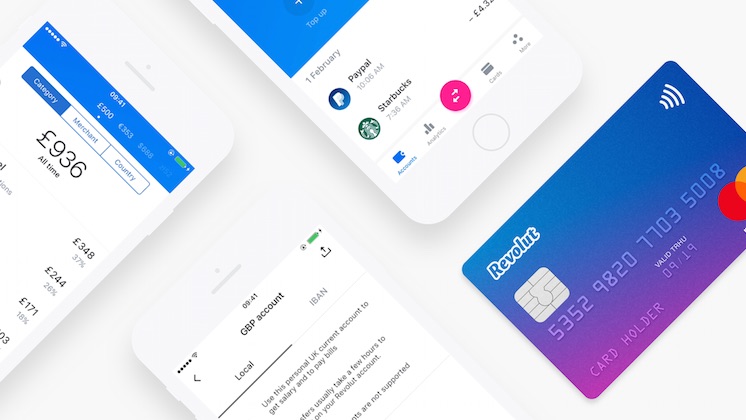The Customer Effect
Inside UK startup bank Revolut’s revenue model
- The growth of Revolut, which has broken even for the first time as of December, is based on payments revenue and a partner strategy to offer add-on services like travel and smartphone insurance and loans
- Revolut's premium offering resembles an Amazon Prime-style checking account model, a subscription-based checking account customers would be willing to pay for in exchange for value








